So you’ve decided to try a plant-based diet, but are not sure where to start? Don’t worry, we can help with that!
In this post, we’ll help you out with some key tips to staying healthy as a vegan as well as where to get your protein and other important nutrients that can sometimes be lacking in a vegan diet.
But wait… Where do you get your protein?
If you are vegan you most likely have heard this line before. I am here to tell you that it is entirely possible to get enough protein through a vegan diet, it just takes a little more planning. This is because animal protein and plant based proteins are not created equal. Animal proteins are complete, meaning they contain all 9 essential amino acids (protein building blocks), whereas there are very few plant based proteins that do. Therefore, as a vegan it is important to be aware of your protein combining rules to ensure you are getting everything you need, specifically the amino acid lysine is the one to ensure you’re getting.
Complete proteins and protein combining:
Soy protein is a complete protein so load up on tofu, tempeh and edamame.
Mix grains like rice or wheat with legumes like lentils or beans
Mix seeds like sunflower seeds, with legumes
Nutrients to keep an eye on
Because you’re skipping a few major food groups, you need to stock up on some substitutes to ensure you are nourishing your body with what it needs.
B12
Nearly all B12 is found in animal products, the exception being nutritional yeast. Try it sprinkled over your avo on toast. Because B12 is so difficult to get through a vegan diet, supplementation is recommended.
Omega’s
Pack plenty of nuts, seeds and seaweed to make up for the lack of fish in your diet, the main source of Omega 3. Our picks? Chia, flax, and hemp seeds as well as walnuts. It is important to note the type of Omega 3 in plant based sources has to be converted to the type of Omega 3 found in animal sources, and this conversion is rather inefficient.
Iron
Non-heam iron is found in plant based sources, whereas heam iron is found in animal products. The former is not well absorbed in the body compared to the latter. Dark leafy greens, legumes and nuts/seeds are a good place to start, but if you’re concerned, get a regular blood test to check your levels.
Calcium
In today’s world, there’s an ocean of plant-based milk alternatives to choose from so you won’t have to skip your flat white. One of the main nutrients we get from cows milk in calcium, but most store brought plant milks are fortified with calcium so you should be okay. Double check the label to be sure. Green leafy veggies are also a plant based source.
Know your enhancers and inhibitors
Often plant based sources of nutrients are less bioavailable so our bodies struggle to absorb them. Even when we are eating plenty! Knowing what nutrients interact well together, and what nutrients compete for absorption in the body can help you to plan your meals for optimal nourishment.
Inhibitors
Calcium
Oxalates are also found in many plant based sources of calcium and act to inhibit calciums bioavalibilty.
Tannins found in tea. Try to avoid tea and coffee consumption with meals, instead have in-between meals.
Excess fibre can also have a negative impact so aim to drink plenty of water.
Iron
Calcium can inhibit iron uptake, try to consume calcium and iron at seperate meals rather than together.
Omega 3
Omega 6 negatively impacts the conversation of ALA to EPA and DHA. Minimise intake of Omega 6 within the same meal as Omega 3.
Enhancers
Calcium
Adequate vitamin D intake, which you can get from the sun (but remember to be sun smart!), or through foods like mushrooms or fortified plant milks.
Reducing phytic acid, an anti-nutrient that decreases absorption of a handful of important nutrients, by soaking or sprouting legumes.
Iron
Consuming vitamin c with iron rich foods. Try squeezing a lemon on your lunch and dinner to support absorption of iron.
Reducing phytic acid.
Omega 3
Calcium, magnesium and zinc can increase bioavailability of ALA.
Myth busting: Vegan does not always equal healthier
We love a good veggie burger at a summer barbecue. But plant-based meat alternatives are an example of a vegan alternative that doesn’t always have the same nutritional benefits while adding a few potential downsides. Often these products can be highly processed and refined, with quite a lengthy ingredient list. Meat alternatives can also be lower in protein than what they are replacing, so it is important to keep in mind that you may have to consume additional protein to counteract this. We suggest saving the plant based meat alternatives for an occasional treat. Instead, load up your plate with whole foods.
Eating enough
A whole foods vegan diet is comparatively lower in calories than a traditional diet including animal products. It’s also higher in fibre which can make you feel comparatively fuller after each meal. So it can be important to check in around how many calories you’re actually eating. If you’re making the switch for weight loss this may be the point, for others who are going vegan for ethical or environmental reasons, you might want to keep an eye on your overall intake.
We hope that helped! Transitioning from an omnivore diet to a vegan diet can be a challenge, and feel very confusing at times. There’s a lot of contradictory information out there. If you are planning on making the switch but are not quite sure how to do it the right way, please get in touch and we can set you up for success!





